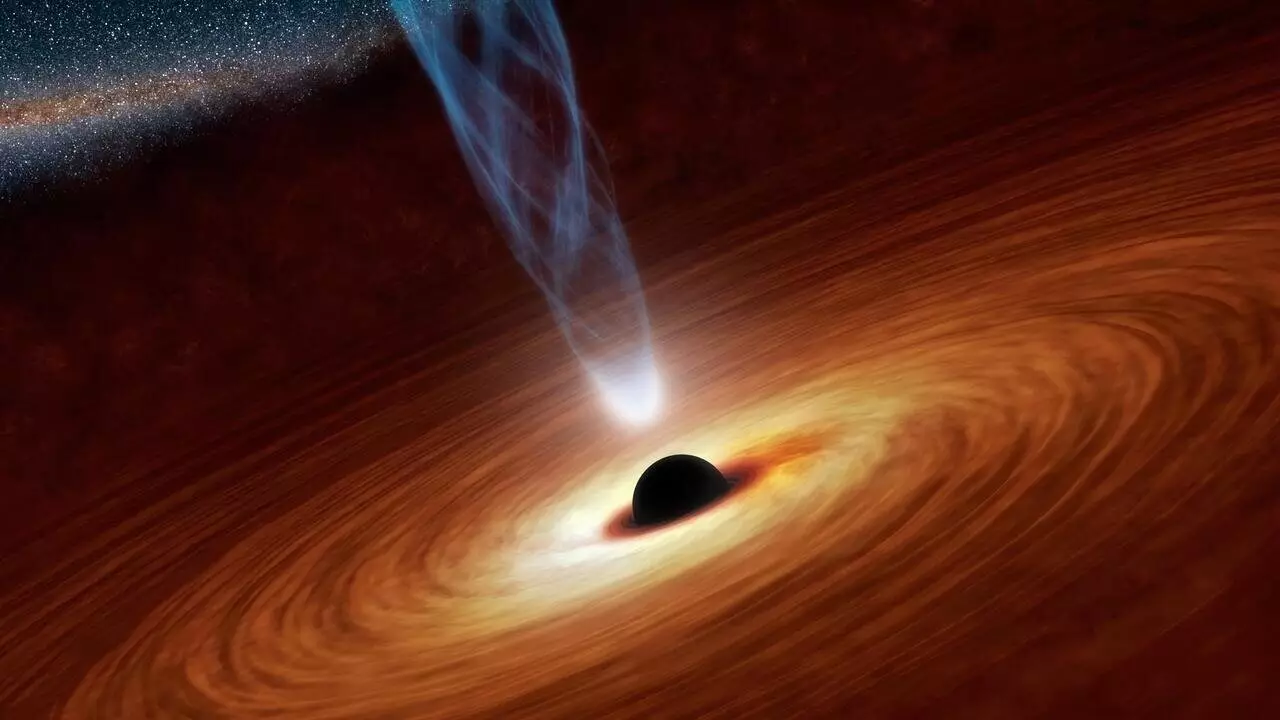Astrophysicists have long speculated about the existence of “kugelblitze,” black holes created by intense concentrations of light. These theoretical black holes were believed to play a role in astronomical phenomena like dark matter and were even considered as a potential power source for futuristic spaceship engines. However, recent research conducted by a team of scientists from the University of Waterloo and Universidad Complutense de Madrid challenges the feasibility of kugelblitze in our current universe.
In their study titled “No black holes from light,” the researchers explored the concept of kugelblitze taking into account quantum effects. They discovered that the concentration of light required to form these black holes would need to be significantly higher than observed in quasars, the brightest objects in the universe. The team concluded that before reaching such high levels of light intensity, quantum effects would come into play, leading to the spontaneous creation of particles that would disrupt the process.
While the conditions needed to test the formation of kugelblitze are currently beyond our technological capabilities, the researchers are confident in their findings. They drew parallels between their study and the principles behind positron emission tomography (PET) scans, highlighting the reliability of mathematical and scientific calculations. The phenomenon of vacuum polarization and the Schwinger effect were identified as key factors in preventing the creation of black holes from light.
The discovery of the impossibility of kugelblitze may be disappointing for astrophysicists, but it represents a significant achievement in fundamental physics research. The collaborative efforts between applied mathematics, the Perimeter Institute, and the Institute for Quantum Computing at Waterloo have paved the way for further exploration into the mysteries of the universe. While the practical applications of these findings may not be immediate, they lay the foundation for future technological innovations.
The research conducted by the team of scientists from the University of Waterloo and Universidad Complutense de Madrid sheds new light on the concept of kugelblitze and challenges the existing theories in astrophysics. By incorporating quantum effects into their study, the researchers have demonstrated that the formation of black holes from light is not possible in our current universe. This discovery not only expands our understanding of the cosmos but also underscores the importance of interdisciplinary collaboration in pushing the boundaries of scientific knowledge.


Leave a Reply